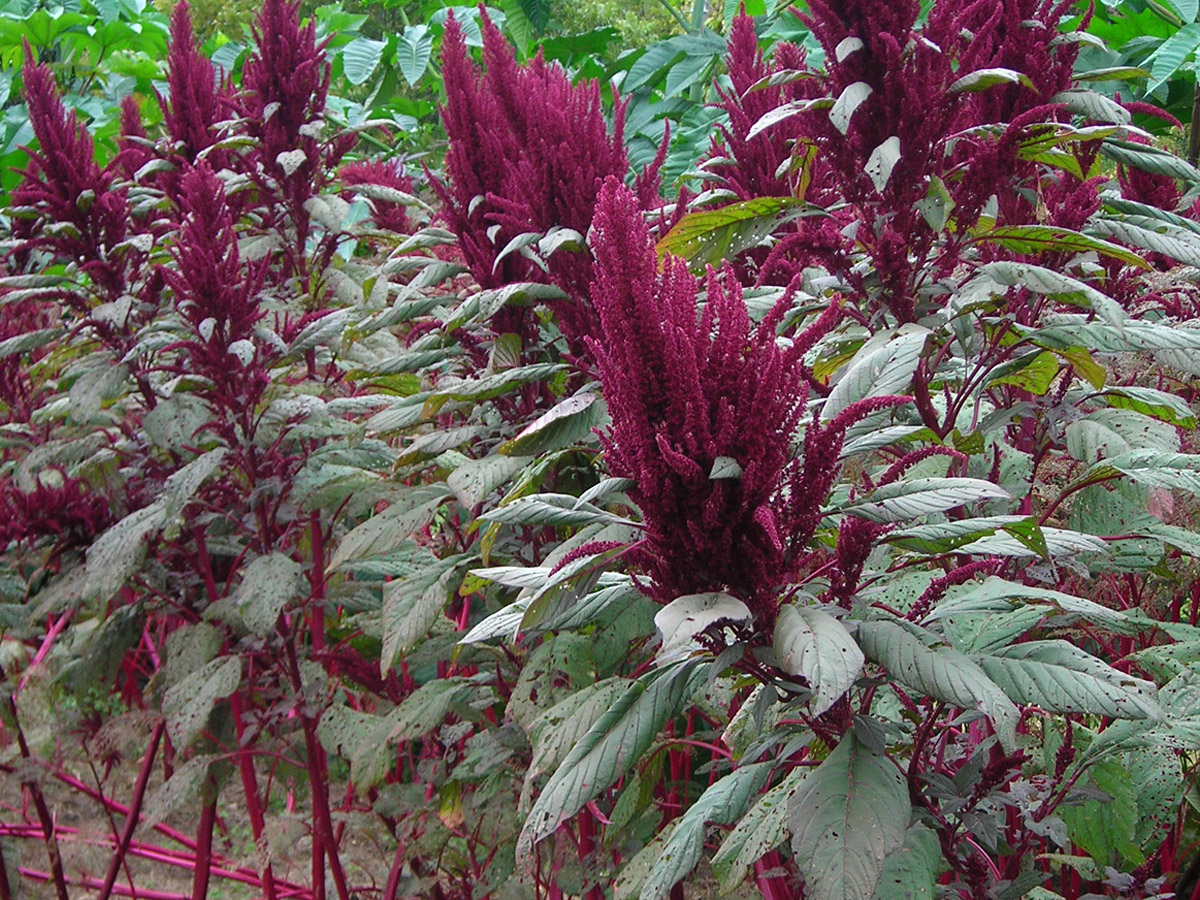- Habitat: roadsides, vacant lots and fields
- Height: 3 to 6 Feet
- Time(Season): spring to summer for the leaves and summer or fall for seeds
- Use: tender young leaves in salads or cooked like spinach. Leaves dried and crushed to a fine powder may be used in soups, gravy and jelly.
- Nutritional Value: This food is low in Saturated Fat, and very low in Cholesterol. It is also a good source of Niacin, Protein, Vitamin A, Vitamin C, Riboflavin, Vitamin B6, Folate, Calcium, Iron, Magnesium, Phosphorus, Potassium, Zinc, Copper and Manganese.
- Leaves: can be green or red, depending on the variety
- Seed: eaten raw or ground into flour
- Cooking Time: Simmer amaranth in water for 12-15 minutes
|
Pictures:
|


